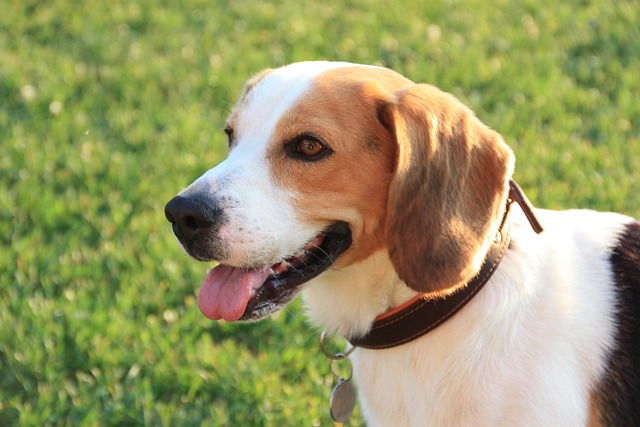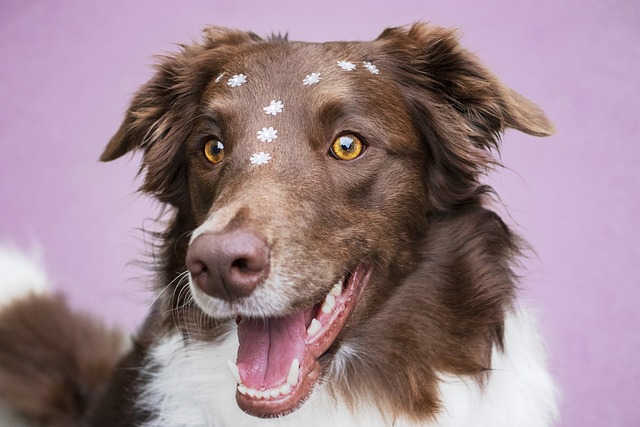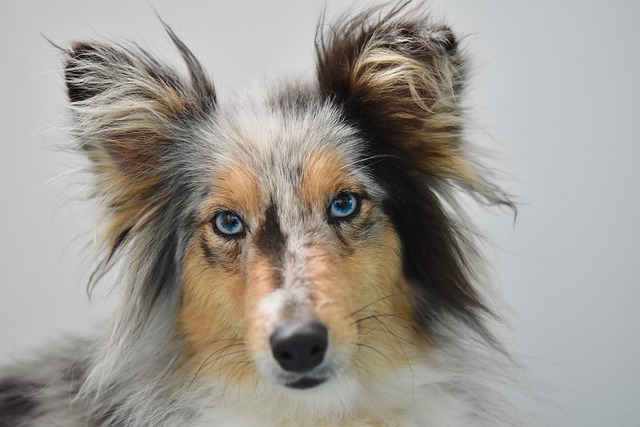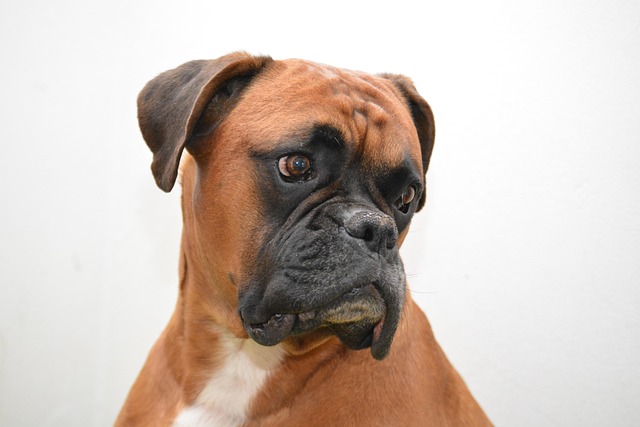
How to tell if a dog is retaining fluid?
When we stroke the soft fur of dogs, watch them wag their tails happily, and enjoy the warm time together, our hearts are always filled with happiness.
Dogs, these creatures that warm our lives like little suns, their joys and sorrows always touch our heartstrings. When we establish a deep emotional bond with dogs and become an indispensable part of each other's lives, we may encounter the problem of separation anxiety in dogs. The separation anxiety of dogs is like a silent "emotional storm" that not only affects their physical and mental health, but also worries us dog lovers. So, what are the signs of separation anxiety in dogs? Only by deeply understanding these signs can problems be detected in a timely manner, providing effective assistance to dogs and helping them regain inner peace and tranquility.
Abnormal behavior is the most direct manifestation of separation anxiety in dogs. Destructive behavior is often a "signal flare" for separation anxiety. When dogs are alone at home, neatly arranged furniture, beloved shoes, and flowing curtains can all become objects for them to vent their anxiety. Dogs will bite with their teeth and scratch with their paws, as if trying to dispel their inner anxiety through this method. This is not because they are mischievous, but because the immense pressure brought about by separation makes it difficult for them to control their behavior. Imagine a dog pacing alone in an empty room, with a longing for its owner's return in its heart, but unable to relieve this anxiety. It can only release its inner pain by destroying objects.
Excessive barking or howling is also a common behavior in dogs with separation anxiety. From the moment their owner leaves the house, dogs may activate a "call mode", with sharp and continuous barks as if they were an urgent "distress signal" to their owner. They try to attract the owner's attention with this high decibel sound, hoping that the owner can immediately return to their side. Every bark is full of the dog's deep dependence on its owner and fear after separation. They may stand at the door, staring closely in the direction of the door, barking and waiting at the same time. Their persistent appearance makes people feel heartbroken.
Dogs that have already developed good bowel habits may also experience defecating and urinating anywhere under the influence of separation anxiety. This is not intentional disturbance, but rather anxiety that disrupts their normal physiological rhythm. Dogs mark their territory through excretion, trying to find a sense of security in familiar odors. After the owner left, the environment at home became unfamiliar and made them uneasy, so defecating and urinating everywhere became a way for them to relieve anxiety.

The physiological state of dogs can also reveal clues of separation anxiety. Loss of appetite is one of the common signs. When dogs fall into the haze of separation anxiety, their interest in food will greatly decrease. Even if their favorite delicious dog food or snacks are placed in front of them, they only barely smell them and then walk away listlessly. Anxiety is like a heavy stone, weighing on the hearts of dogs, causing them to lose interest in enjoying food. Long term loss of appetite may lead to weight loss and physical weakness in dogs, seriously affecting their health.
Increased drooling is also a manifestation of separation anxiety. Dogs secrete excessive saliva when in a state of extreme tension and anxiety. You may find that the dog's mouth is always wet and there are traces of saliva on the ground. This is a stress response of their bodies to anxiety, which they cannot control autonomously.
In extreme cases, dogs may even experience symptoms of vomiting. The physical discomfort caused by anxiety disrupts the gastrointestinal function of dogs, leading to vomiting. Watching the dog vomit uncontrollably, our hearts are filled with worry and helplessness, all of which stem from the immense mental pressure that separation brings to them.
The mental state of dogs can also reflect the degree of separation anxiety. Dogs that were originally lively and curious about the world can become mentally lethargic and listless under the shadow of separation anxiety. They are no longer excitedly chasing toys, running and playing happily as usual. But all day long, they lie in the corner, their eyes dim and lifeless, and they have no interest in everything around them. The originally agile tail now hangs weakly and no longer sways joyfully. They immerse themselves in their own sad world, silently enduring the pain of separation.
Some dogs may also exhibit frequent body licking behavior, even to the extent of self harm. They keep licking their paws, legs, or other parts of their body until their hair falls off, their skin turns red, or is damaged. This self harming behavior is an attempt by dogs to transfer their inner anxiety through physical pain, and it is their helpless act in extreme pain.
When we notice these signs of separation anxiety in dogs, our hearts are often filled with self blame and worry. But please remember, dogs do not intentionally cause us trouble, they simply cannot bear the pain of separation. What we need to do is to give them more care and understanding, and help them overcome separation anxiety. By increasing companionship time, conducting gradual separation training, creating a comfortable living environment for dogs, and providing positive reinforcement, we can help dogs gradually establish a sense of security and confidence, so that they can safely spend their time alone even when we have to leave.

When we stroke the soft fur of dogs, watch them wag their tails happily, and enjoy the warm time together, our hearts are always filled with happiness.

When we see the dog squatting in the corner, straining hard but having difficulty defecating smoothly, and its originally lively eyes full of discomfort and helplessness,

When we lovingly place delicious wet food in front of the dog and watch it feast and enjoy the happiness brought by the food, our hearts are filled with comfort.

When we see our dogs wagging their tails lively, we are filled with joy and warmth. However, behind the health of dogs, there are various disease threats, among which fungal diseases are one of them that cannot be ignored.

When the owner finds that the abdomen of the dog that is usually lively and active gradually bulges, moves slowly as if holding a water bag, and even begins to have symptoms of shortness of breath and loss of appetite,

When we take our dog to get vaccinated, we think we've built a solid defense line for its health. But soon after, it shows symptoms of diarrhea and vomiting,